This content was provided in part by Wikipedia under a CreativeCommons Attribution-ShareAlike 3.0 Unported License. Modifications were made for brevity.


The site owned and operated by the Pearl Brewing Company was originally known as both the J. B. Behloradsky Brewery and the City Brewery. The City Brewery was purchased by an investment group in 1883, composed of local businessmen and moguls involved with the Lone Star Brewing Company. Together they formed the San Antonio Brewing Company (1883–1888).
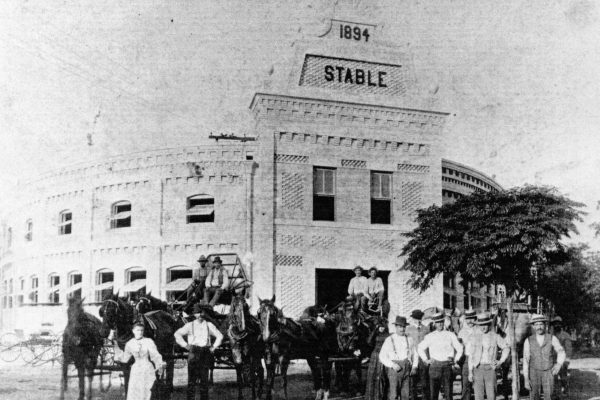

The brewery found the product that would become their signature brew. Pearl beer was formulated and first brewed in Bremen, Germany, by the Kaiser–Beck Brewery, which produces Beck's beer. Pearl beer's name came from Kaiser–Beck's brewmaster, who thought the foamy bubbles in a freshly poured glass of the brew resembled sparkling pearls.


A new brewhouse was constructed in 1894, and the building became a symbolic feature of San Antonio industry.The building was designed by Chicago architect August Maritzen in the Second Empire style. Maritzen specialized in breweries, designing more than eighty in the US, Canada and South Africa.


In 1902, Otto Koehler took the helm of the brewery, leaving his position as manager at the Lone Star Brewing Company to become president and manager of the San Antonio Brewing Association. Under Otto's leadership, the brewery set in motion strategic plans to grow in physical size, as well as beer output.
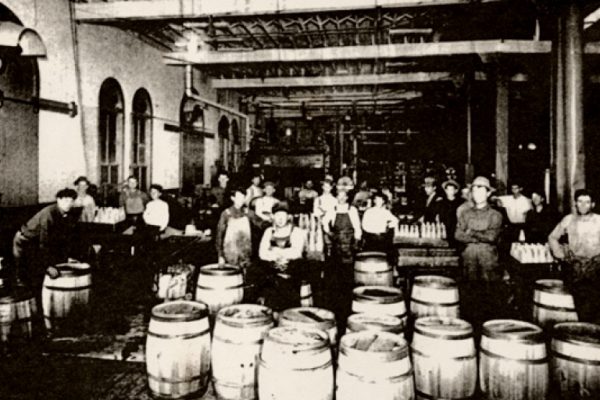

By 1916, beer production capacity had significantly increased from 6,000 US barrels/year in the early 20th century to over 110,000 US barrels/year. The San Antonio Brewing Association became the largest Texas brewery.


Prohibition changed the face of brewing and forced almost every brewery out of business. Emma Koehler vowed not to let the brewery go under, and it remained viable by producing a near beer, bottling soft drinks, performing dry cleaning, operating a small advertising sign division, running an auto repair shop, and entering the commercial ice and creamery businesses. The company changed its name to the Alamo Foods Company.
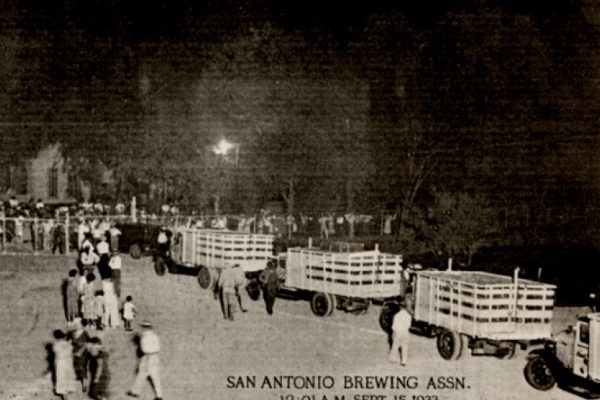

With the end of Prohibition, so too came the end of the Alamo Foods Company. The company went back to their prior name: San Antonio Brewing Association. In 1933, the nation was deep in the grips of the Great Depression. Emma Koehler kept the brewery afloat by selling beer to those who could afford it and continuing many of the business ventures that had carried the brewery through Prohibition.


The public was under the misconception that San Antonio Brewing Association referred to all brewing in San Antonio in general. Therefore, in 1952 the San Antonio Brewing Association changed its name to the Pearl Brewing Company.


The Full Goods building opens as logistics hub sending "full goods" – full bottles of beer — out on trucks and trains.


In 1977, Pearl was sold to General Brewing of San Francisco, owned by Paul Kalmanovitz. In 1985, he acquired the Pabst breweries and united his holdings under the name Pabst Brewing Company.


The new millennium did not bring a change in luck for Pearl or Pabst as a whole. Pabst closed all of their breweries and ended their own beer production. After 118 years of brewing along the San Antonio River, the doors to the Pearl Brewery closed.


Silver Ventures, a San Antonio-based investment firm, purchased the 23-acre brewery site with extensive plans to create a mixed-use development that would include restaurants, shops, and eventually, a boutique hotel.
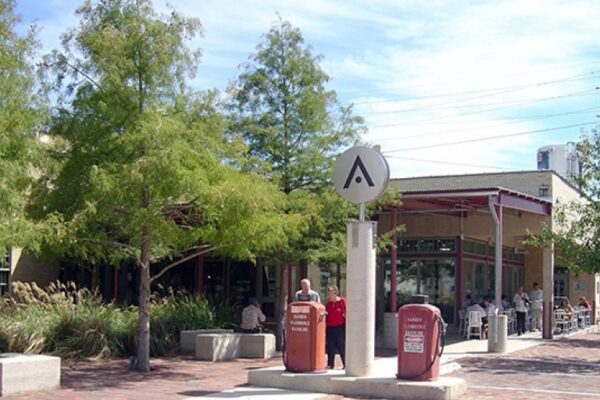

The brewery's garage, which was built in 1939, housed Pearl's first tenant, the Aveda Institute, a global company focusing on environmentally friendly personal products.
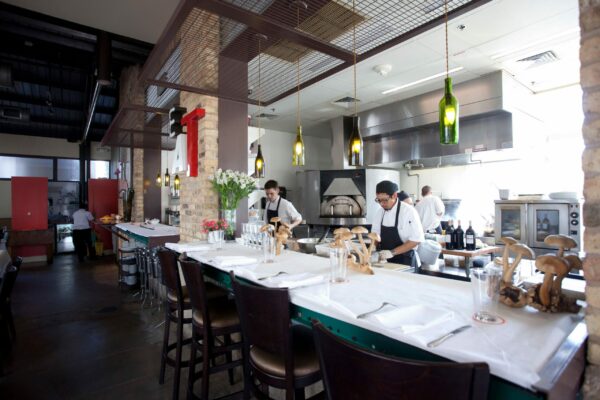

River North expansion launches, landmark restaurant Il Sogno and Sandbar Fish House and Market open. The expansion plan was based on the extension project of the historic Riverwalk, and uses it to generate a new real estate dynamic in the center of San Antonio.


The first year-round farmers market in the region opens at Pearl. Pearl Farmers Market is a true producers market featuring local produce from family-owned farmers from a 150-mile radius. To this day, the market hosts 45+ vendors every Saturday and Sunday with products ranging from farm fresh produce and dairy, to honey, salsas, and gourmet candies.


The Culinary Institute of America opened its third campus at Pearl. The campus gave the college a platform to offer special expertise in Latin American cuisines and to serve Latino foodservice professionals, including a certificate program in culinary arts and cuisine programs for foodservice industry professionals and food enthusiasts.


The Amphitheater at Pearl opens.
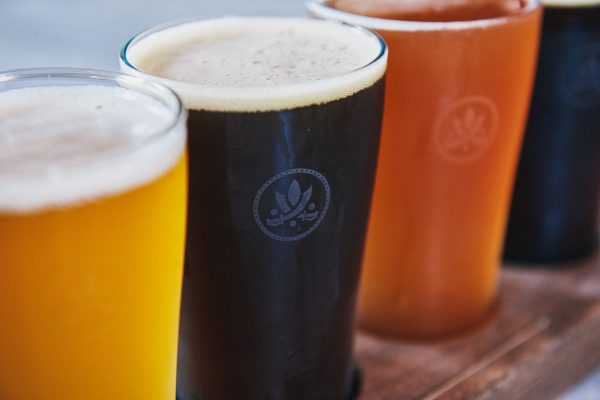

Southerleigh Fine Food & Brewery brings back the art of brewing to The Historic Pearl.


Pearl's culinary-centric boutique hotel, Hotel Emma, opens with Supper, a full service eatery, Sternewirth, the Hotel Emma Bar and Clubroom, as well as Larder, the in-house gourmet market and café.
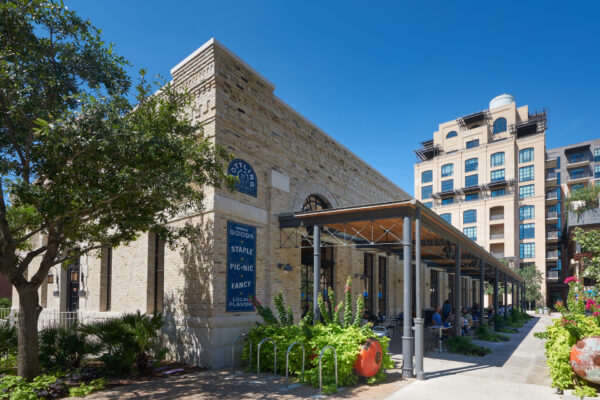

San Antonio’s first food hall, the Bottling Department, opened at Pearl in 2017. The hall is located in a vaulted brick building at the site of the brewery’s original bottling plant and includes salvaged, original cornerstones and a stone name plate. The building has seating for just over 100 guests inside, with additional seating outside and around the adjacent Park at Pearl.


Cellars Residence opens adjacent to Pearl Park on the site of the old fermenting cellar.
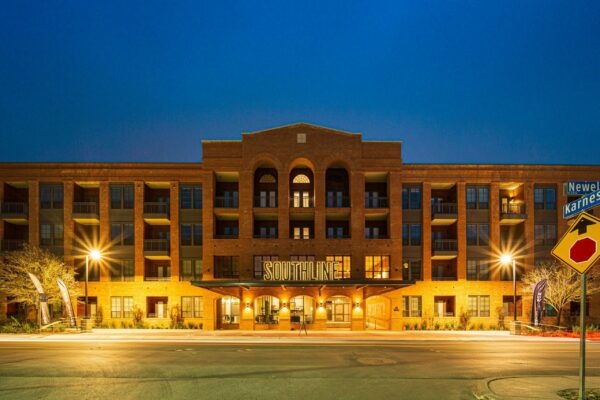

Southline Residence opens at Pearl. Its name references the old railway line that ran along the southern edge of Pearl.
This content was provided in part by Wikipedia under a CreativeCommons Attribution-ShareAlike 3.0 Unported License. Modifications were made for brevity.